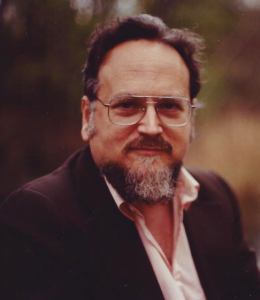 During his fifty-five year compositional career, the American composer Arnold Rosner produced a body of a work that combined diverse influences into a powerful, distinctly personal musical voice. His catalog contains compositions in nearly every genre—including three operas, eight symphonies, numerous works for orchestra and band, several large-scale choral works, and many chamber, solo, and vocal pieces.
During his fifty-five year compositional career, the American composer Arnold Rosner produced a body of a work that combined diverse influences into a powerful, distinctly personal musical voice. His catalog contains compositions in nearly every genre—including three operas, eight symphonies, numerous works for orchestra and band, several large-scale choral works, and many chamber, solo, and vocal pieces.
Rosner’s musical language was founded upon the harmony and rhythmic devices of pre-baroque modal polyphony. To this he added a 20th century freedom of modality and triadicism, and combined this harmonic language with the orchestration, drama, and scope of 19th century romanticism. As musicologist Walter Simmons has written, “what makes Rosner’s music worthy of serious consideration, rather than being merely a homogenization of earlier styles, is the way that his unusual language is capable of embracing an enormous expressive range—far broader than one might imagine possible—from serene beauty to violent rage, with many points in between. And despite its fusion of seemingly incongruous elements, most of his music is readily accessible to even untutored listeners.”
Concerto Grosso No. 1, op. 60 (1974)
1. Alla Francese; 2. Aria; 3. Toccata
Jerusalem Symphony Orchestra; David Amos, conductor
from Laurel LR-849CD
Sonata for Oboe and Piano, op. 54 (1972)
1. Allegro grazioso; 2. Passacaglia (Lento e mesto); 3. Allegro
Mark Weiger, oboe; Robert Conway, piano
from Centaur CRC 2451